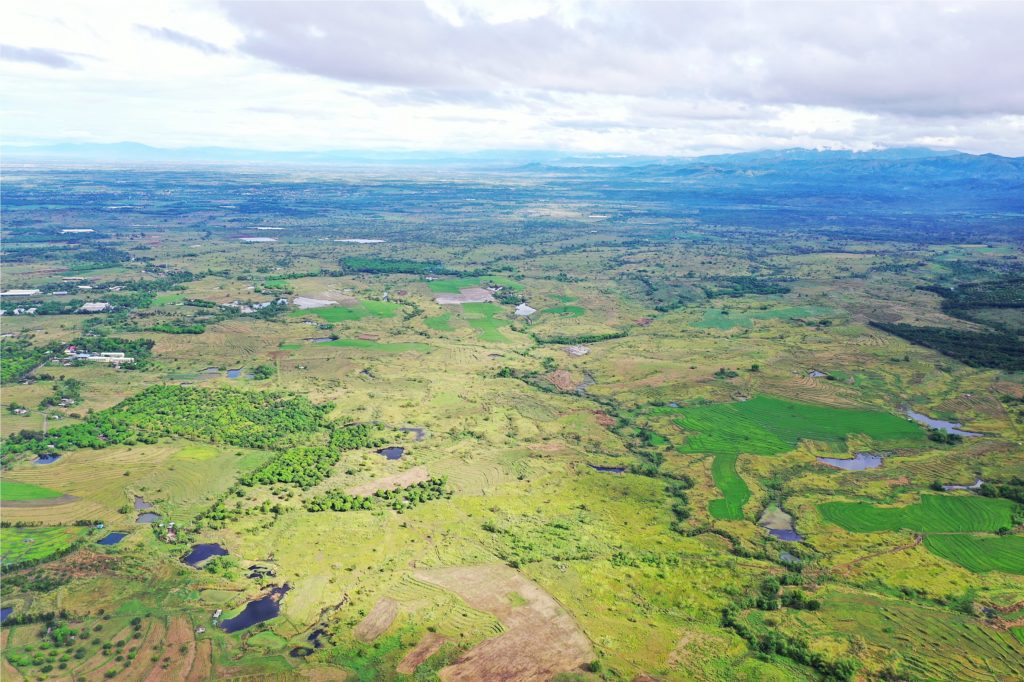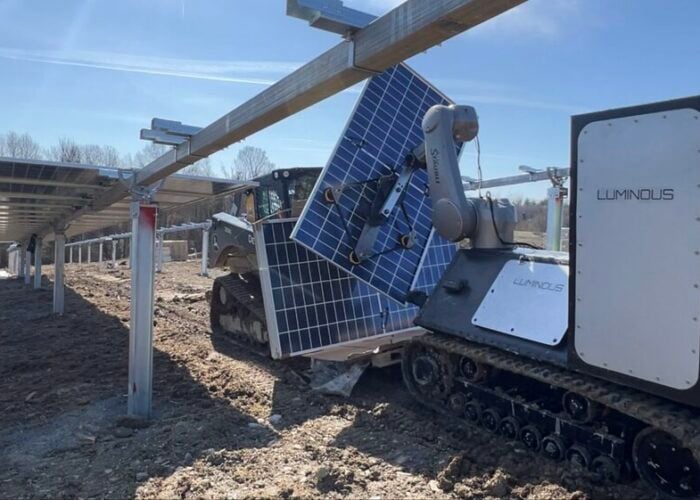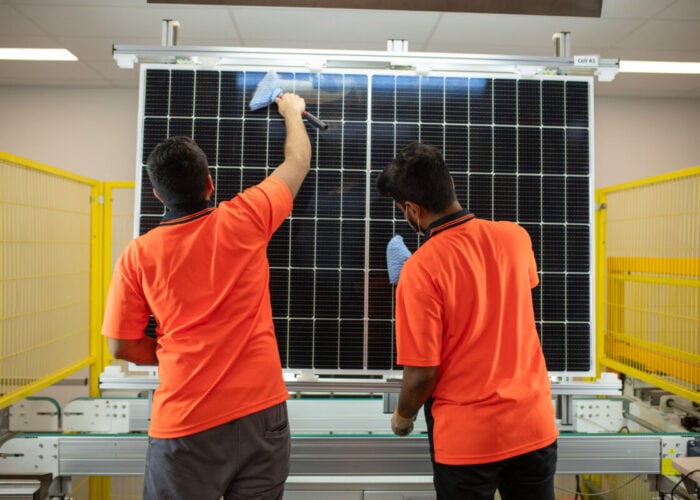
Nine Chinese companies have committed to a collective US$13.76 billion of investment in the Philippines’ renewable energy sector, set to develop solar, wind and energy storage assets.
President Ferdinand Marcos Jr. of the Philippines met last week with CEOs from a variety of Chinese companies, both with an existing presence in the country and those looking to establish a foothold.
Unlock unlimited access for 12 whole months of distinctive global analysis
Photovoltaics International is now included.
- Regular insight and analysis of the industry’s biggest developments
- In-depth interviews with the industry’s leading figures
- Unlimited digital access to the PV Tech Power journal catalogue
- Unlimited digital access to the Photovoltaics International journal catalogue
- Access to more than 1,000 technical papers
- Discounts on Solar Media’s portfolio of events, in-person and virtual
The companies that committed to investment were state-owned conglomerate Energy China, China Power International Development, State Power Investment Corporation subsidiary SPIC Guangxi Electric Power, China Machinery Engineering Corporation, China General Nuclear Power Group, China Huadian Engineering Co., environmental engineering services company China Tianying, Dajin Heavy Industry and Mingyang Smart Energy Group.
The Phillippines’ energy secretary, Raphael Lotilla, said: “We are very pleased with the enthusiasm we have received from these Chinese companies during our roundtable meeting. They were upbeat with our policy reforms and directions on [renewable energy], especially on the opening of 100% foreign ownership on wind and solar projects.”
In November, PV Tech’s sister site Energy-Storage.news reported on the Philippine government’s proposed decision to change the definition and ownership rules of energy storage to allow greater ownership of assets by generation companies.
Lotilla reportedly used the meeting to promise to address issues facing the Philippines’ energy sector in order to ensure security for investors. One of these, grid connection, was mentioned as being of particular importance. The State Grid of China has a 40% stake in the Philippines’ national grid operator.
President Marcos also expressed a desire to establish a solar, wind and storage manufacturing base in the Philippines with the support of the investors.
A recent investigation into solar manufacturers in Cambodia, Thailand, Vietnam and Malaysia by the US – one of the biggest importers of solar components in the world – found that a lot of PV equipment manufactured in the region was in violation of the country’s anti-dumping and countervailing duty tariffs.
The Philippines has a target of 35% renewable energy by 2030 and 50% by 2040, the latter of which will require an additional 52GW of renewable energy capacity in the next 17 years.
September analysis by think tank Ember earmarked the Philippines as one of the preeminent Asian economies on track to see a 22% average annual growth in its solar deployment through 2030. Indeed, from 2021-22 the country’s solar PV project pipeline grew tenfold, from 1.3GW in March 2021 to 13GW of planned projects a year later.
PV project developer Solar Philippines unveiled plans in August 2022 to build what it said would be the “world’s largest’ solar project“, a 4GW installation.







